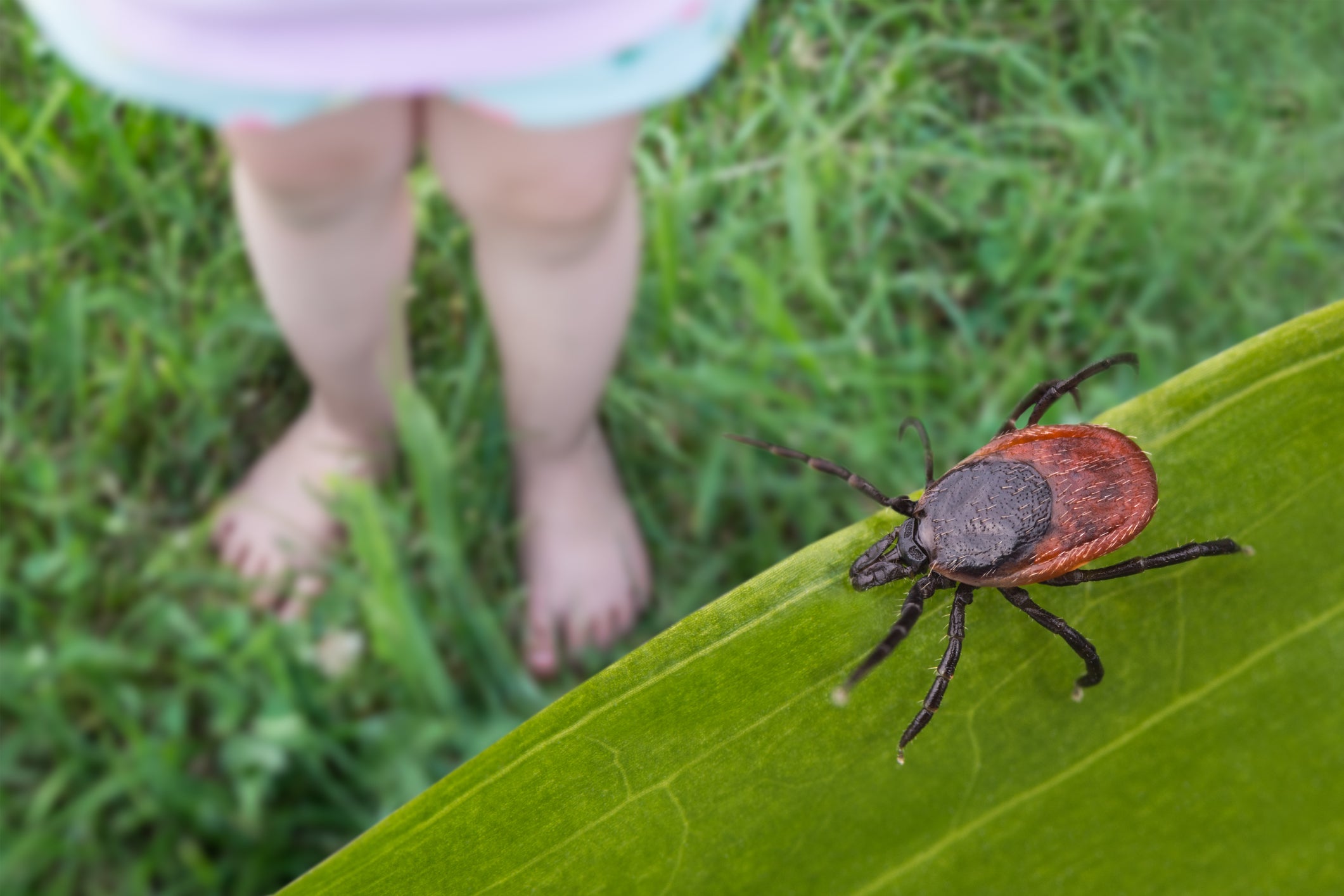Ticks, those minuscule yet formidable creatures, pose a significant health risk by transmitting various pathogens through their bites. Tick-borne diseases have become a growing concern, impacting individuals worldwide. In this article, we'll delve into the realm of tick-borne diseases, exploring their causes, symptoms, prevention strategies, and the importance of prompt diagnosis and treatment.
Introduction
Ticks, often lurking in grassy and wooded areas, are vectors for an array of pathogens, including bacteria, viruses, and parasites. Understanding the nature of tick-borne diseases is crucial for both outdoor enthusiasts and those residing in tick-prone regions.
Understanding Tick-Borne Disease Transmission
Before we explore specific diseases, it's essential to grasp how ticks transmit pathogens. The process of transmission occurs when an infected tick bites a human or animal, introducing the pathogen into the bloodstream. The complexity of these interactions underscores the importance of preventative measures.
Types of Tick-Borne Diseases
There isn't a one-size-fits-all when it comes to tick-borne diseases. From Lyme disease to Rocky Mountain spotted fever, each ailment has distinct characteristics, symptoms, and geographic prevalence. Let's take a closer look at some prominent tick-borne diseases.
Lyme Disease: The Pervasive Culprit
Lyme disease, caused by the bacterium Borrelia burgdorferi, is perhaps the most well-known tick-borne illness. Explore the symptoms, stages, and long-term effects of Lyme disease, as well as the regions where it is most prevalent.
Rocky Mountain Spotted Fever: A Stealthy Threat
This potentially fatal disease is caused by the bacterium Rickettsia rickettsii and transmitted primarily by the American dog tick and the Rocky Mountain wood tick. Uncover the symptoms, complications, and preventive measures associated with Rocky Mountain spotted fever.
Anaplasmosis and Ehrlichiosis: Under-recognized Menaces
Caused by bacteria of the genera Anaplasma and Ehrlichia, these diseases often fly under the radar. Learn about the similarities, differences, and the regions where anaplasmosis and ehrlichiosis pose significant health risks.
Babesiosis: The Malaria-Like Parasite
Caused by microscopic parasites of the genus Babesia, babesiosis manifests with symptoms reminiscent of malaria. Delve into the details of this emerging tick-borne disease and the challenges it presents for diagnosis and treatment.
Prevention Strategies: Guarding Against Tiny Terrors
Preventing tick-borne diseases involves a combination of awareness, protective measures, and timely interventions. From proper clothing choices to the use of repellents, discover effective strategies to minimize the risk of tick bites.
Recognizing Symptoms and Seeking Prompt Treatment
Early detection is crucial for successful treatment of tick-borne diseases. Familiarize yourself with the common symptoms and understand why seeking medical attention promptly is essential for a positive outcome.
The Role of Pets in Tick-Borne Disease Transmission
Pets, like humans, can fall victim to tick-borne diseases. Explore how ticks affect pets, the symptoms to watch for, and preventive measures to keep our furry companions safe.
Research and Advancements in Tick-Borne Disease Management
Scientific research is continuously unraveling new aspects of tick-borne diseases. Stay updated on the latest developments in diagnostics, treatments, and potential vaccines to combat these pervasive health threats.
Conclusion
As we navigate the intricate landscape of tick-borne diseases, it becomes evident that awareness, prevention, and early intervention are our strongest allies. Whether you're an avid hiker, a pet owner, or simply someone residing in a tick-prone area, staying informed can make all the difference in protecting yourself and your loved ones from these tiny terrors.
FAQs (Frequently Asked Questions)
-
Can you get a tick-borne disease without being bitten by a tick?
- No, tick-borne diseases are transmitted through the bites of infected ticks. Avoiding tick bites is the primary means of preventing these illnesses.
-
How long does it take for symptoms of tick-borne diseases to appear after a tick bite?
- The incubation period varies depending on the specific disease. Symptoms can appear anywhere from a few days to several weeks after a tick bite.
-
Are all ticks capable of transmitting diseases?
- No, not all ticks carry disease-causing pathogens. Certain species are more likely to transmit infections, and the risk varies by geographic region.
-
Can tick-borne diseases be treated with antibiotics?
- Many tick-borne diseases, especially those caused by bacteria, can be treated with antibiotics. Early diagnosis and prompt treatment are crucial for a positive outcome.
-
Is there a vaccine for Lyme disease or other tick-borne diseases?
- While there is no universal vaccine for all tick-borne diseases, a Lyme disease vaccine is available. Research is ongoing to develop vaccines for other tick-borne illnesses.

